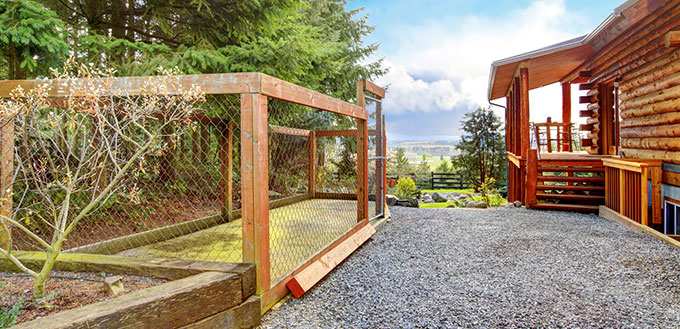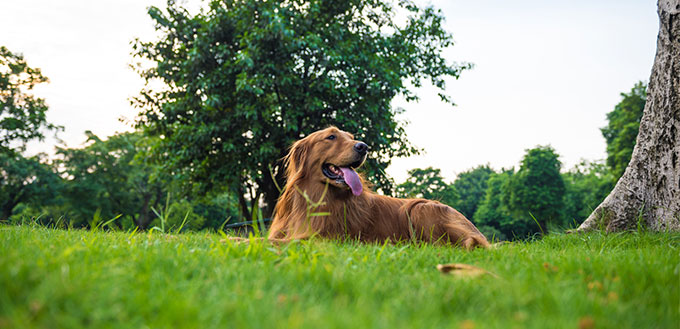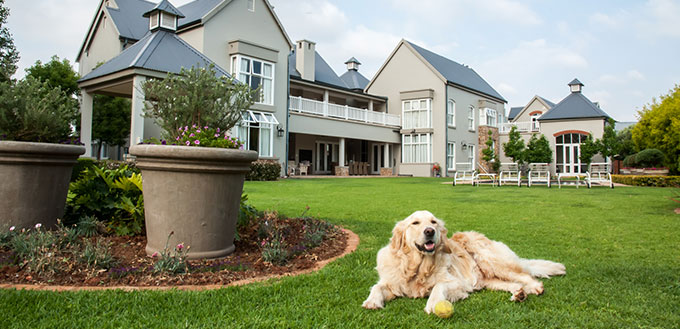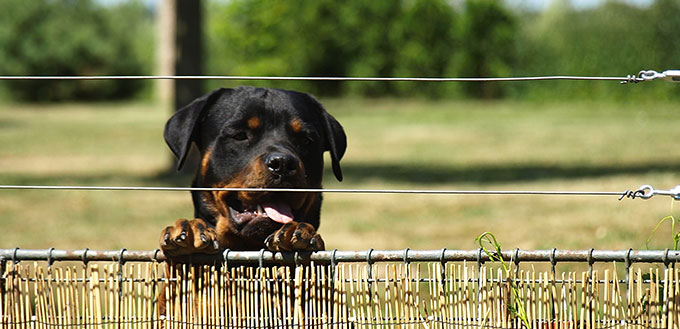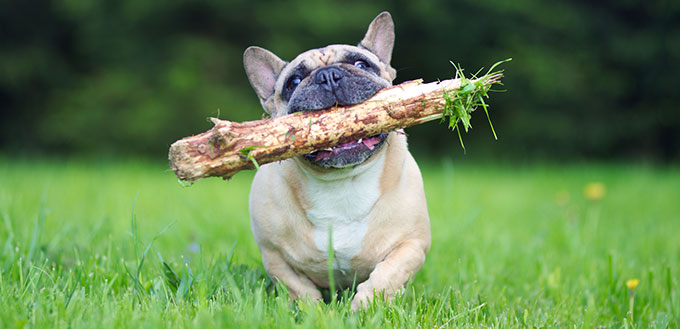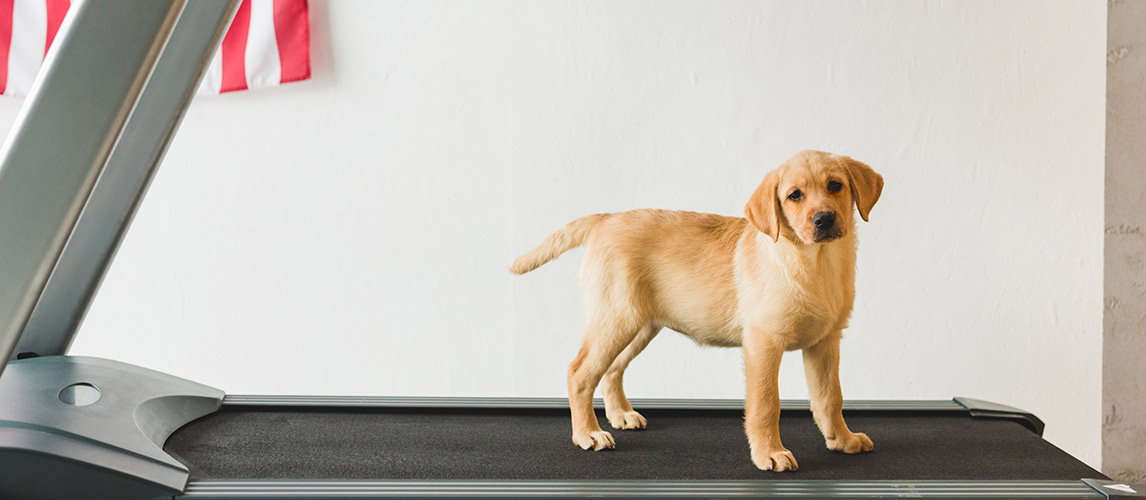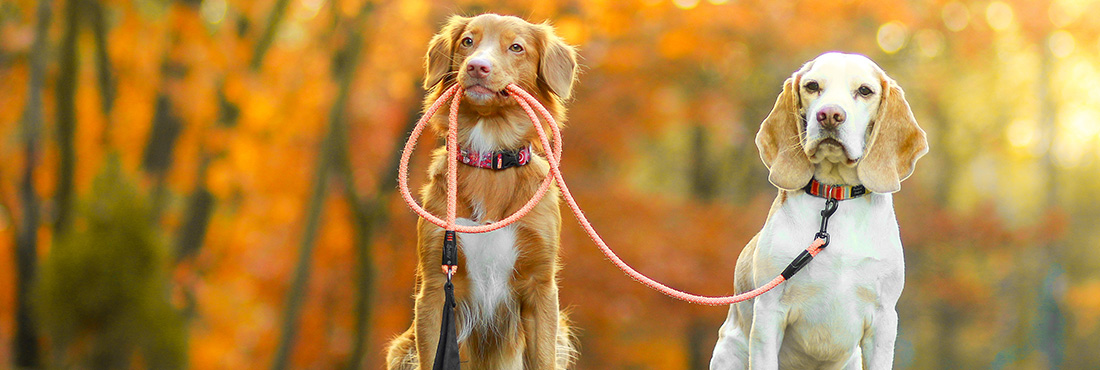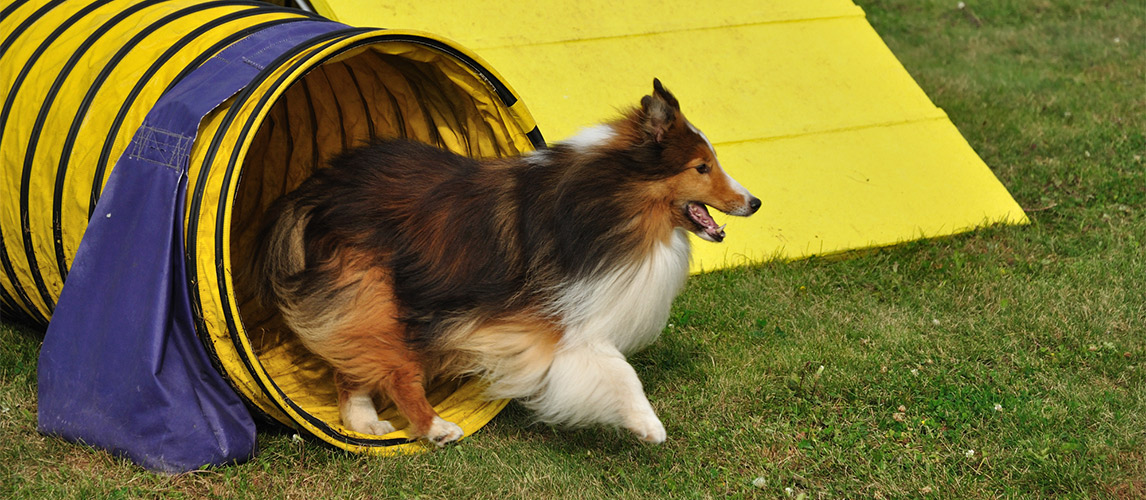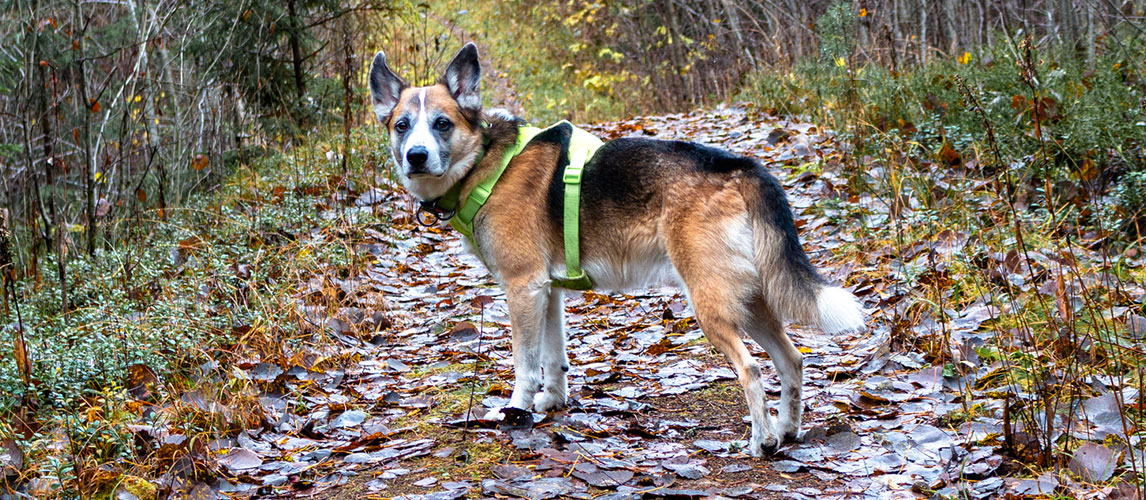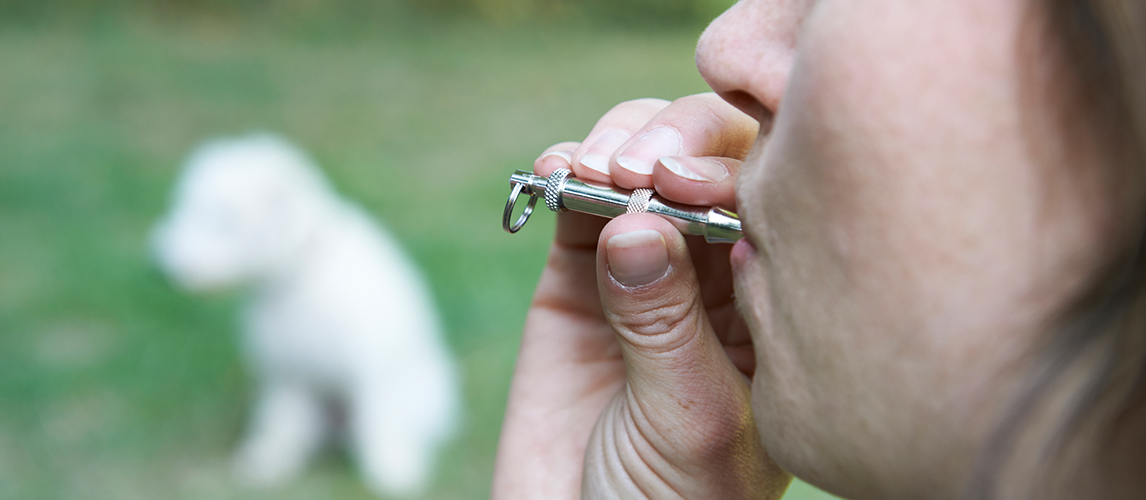All dogs love to stretch their legs outdoors, but as any owner knows, taking them to the park every time they feel like zooming isn’t really possible. If you’re lucky enough to have a fenced-in backyard, your pup can run around at home, but with dogs being notorious escape artists you can’t let them play without supervision.
That’s where the humble dog run comes in. This simple contraction lets you give your pooch they need to scamper and play, without the risk of them hopping over the fence and getting into mischief. If you’re not hugely experienced with DIY, you might be tempted to rush out and buy a dog run, but these contraptions can actually be built with just a few simple tools and materials.
If you want to know how to build your own dog run, read on, as we walk through a few simple builds you can try. We’ve also taken the time to answer some common questions about how to get the most out of your new dog run, so you and Fido can enjoy it for years to come.
Designing the Perfect Dog Run
When it comes to building a DIY dog run, you’ll need to work through a few important questions:
Where Should I Put the Run?
Before you decide on anything else, you’ll need to work out where to position your dog run. The run should be positioned far enough away from your house that it won’t be in the way, but near-by enough that you can easily check in on your pooch when needed.
If you have a space that’s already partially closed in—a dividing wall between you and your neighbor’s property, for instance—you might want to construct your run here to save on building materials.
What Fencing Should I Use?
Once you’ve found the perfect spot for your dog run, it’s time to select some building materials: first of all, the kind of fencing you want to use. At your average home and garden center, you’ll have three main options to choose from:
- Chain Link fencing
This type of fencing is affordable and sturdy. It has the added bonus of letting your dog see out, and you see in. However, its visual appeal is limited, although you can always mitigate this with a coat of paint.
- Wooden fencing
A wooden fence can be as ornate or simple as you like, and blends in nicely with most yards and gardens. Wood is also the most customizable option, since you can purchase planks cut to the specific height and width that you want. On the other hand, it’s a more expensive building material.
When building with wood, just be sure to place the planks far enough apart that you can see your dog in their run—although not so far apart that they can worm their way out.
- Metal fencing
Metal fencing comes in all shapes and sizes, so it’s easy to find something that works for your space. Metal is also the sturdiest option, so may be best for large, powerful dogs, or households with more than one pet. Like wood, though, metal fencing falls on the more expensive end of the building materials spectrum.
- Plastic coated wire fencing
More attractive than chain link but more affordable than wood and metal, plastic coated wire fencing might be the happy medium you’re looking for if you’re a DIY beginner. It blends into most yards and gardens well, and allows you to see your dog. Finally, plastic coated wire fencing is tough and durable.
How Do I Add Shelter?
Whether you live in a hot or cold climate, it’s important that your dog can find shelter from the elements in their run. Your dog might get shelter naturally if you build their run close to a tree or building, but out in the open you’ll need to add a canopy or kennel. In colder climes, a cozy kennel will also protect your dog from wind, rain and snow when they want to rest.
How Large Will the Run Be?
When building a dog run, it should usually be as large as physically possible for the space you have available. The whole point of installing a run is to let your dog stretch their legs, and they won’t be able to do this in a cramped space.
If the run exceeds a certain size, you might need permission from your local governing body before building begins, though. If in doubt, check.
What Ground Covering Should I Use?
As with fencing, you have a few different options to choose from when selecting a ground covering for your DIY dog run:
- Grass
Natural grass is a soft, springy surface that dogs love to frolic and play on. However, it can be quite high maintenance, requiring watering and weeding just like a regular lawn. You’ll also need to be careful of the weed killers you use on this surface, as some are harmful to dogs.
- Wood chips
Inexpensive and visually appealing, wood chips are a popular option for dog runs. Bear in mind that you’ll need to top them up regularly, as they gradually break down and get removed with your dog’s leavings.
- Concrete
Pouring a concrete base is relatively cheap and easy. This type of surface is also durable and easy to rinse down, making it comparatively low maintenance. On the other hand, concrete can sometimes be unattractive, and might irritate sensitive paws.
- Artificial grass
Artificial turf looks and feels like grass, but doesn’t need so much maintenance. It can be a little pricey, but also makes a hygienic option when you need to remove dog waste.
- Gravel
Gravel has plenty of visual appeal, and many owners love the satisfying crunch of a dog throwing up pieces of gravel as they run and play. It’s also simple enough to rinse down and remove solid waste from.
If you choose gravel, purchase pea gravel, which is more rounded and less likely to damage your dog’s paws. If your dog has sensitive paws, though, or likes to chew rocks, this option is best avoided.
- Paving slabs
All the benefits of concrete with more visual appeal, paving slabs are another good option for dog run flooring. However, they’re typically quite expensive to purchase and lay.
- Rubber
Rubber padding is safe for pets, simple to clean, and soft on delicate paws. It’s also pretty tough and durable. The main drawback of rubber padding is its relatively expensive price point.
- Dirt
If you’re building your dog run on a dirt surface, one option is to leave it as is. Dirt is soft and drains easily, and your dog can have fun digging. However, this option will likely result in muddy paws more often than not—especially if you live in a wet climate.
Whatever material you choose, this will form the surface that your dog runs and rests on when they’re in their run.
- Is my dog an escape artist?
If your dog is prone to jumping over fences or digging their way out of enclosures, then you’ll need to add some simple modifications to your dog run. If you have a jumper on your hands, consider higher fences, or a fabric or chicken wire ‘roof’ on the run. If digging is the issue, you can install chicken wire underneath the run’s ground covering, or dig your fencing material into the ground.
How to Build a Simple Dog Run Yourself
Once you have answered these six questions, you can begin to gather supplies and construct the run. You can use the following dog kennel and run plans free right now.
Be sure to enlist some help to make sure things run smoothly as you put together the run.
Building a Simple Chain Link or Plastic Coated Wire Dog Run
You will need these materials:
- Chain link/plastic coated wire fencing and gate
- Concrete
- Pea gravel/prefered floor covering
- Sand
- Source of shade (eg. kennel or sunscreen)
And these tools:
- Shovel
- Level headed rake
- Protective gloves
- Circular saw
- Hacksaw
- Pliers
- Tape measure
- Bucket or wheelbarrow
- Posthole digger
- Spirit level
Below is the basic formula for how to build a dog run with a chain link fence:
- Prepare the area by removing any grass, flattening dirt, and loosening topsoil for easier digging. To do this, run a level headed rake over the area, dig out the dirt to about four inches in depth, and tamp down with your boots
- Mark out the perimeter or your run using chalk or spray paint
- Use the posthole digger to create holes 30 inches deep at each corner of the run, and more holes for additional support posts that are 24 inches deep
- Mix your concrete in the bucket or wheelbarrow following the manufacturer’s instructions
- Place each corner post centrally in its respective hole, and fill the hole with concrete to anchor in place. The concrete should just come over the rim of the hole
- Use your shovel, or a garden trowel, to angle the surface of the concrete away from the pole
- Repeat this process with any additional support poles, so each is anchored in the ground with concrete
- Next, install the gate, following the instructions enclosed. Be careful with any measurements to ensure that the latch closes smoothly
- Install the chain-link fence or plastic-coated wire fence. To do this install either c-clips, or the connection hardware that comes with some fencing, to a corner post
- If you are using one, this is when you should attach a top rail all the way round the perimeter of the run
- Attach the fencing to a corner first, before moving round and anchoring it to subsequent posts
- Ensure the chain link fence is stretched tight, to avoid bulges
- Spread gravel or rocks along the bottom of the fence, on the inside of the run, to close any gaps between fence or ground. This will help prevent your dog from digging under the fence
- Add your preferred floor covering
- Add shade if required—for example a dog house or canopy
Using Other Materials
No matter which materials you choose, building any dog run will follow similar steps.
Metal and wooden fencing will typically need to be screwed together at the corners, and will require more post holes than a chain link version, however. If in doubt, speak to an expert at your local home and garden store, or have a professional handyman help out.
Faqs About Dog Runs
Now that you know how to make a dog run, we turn to some common questions about these useful contraptions.
What About Anchored Theaters?
Some owners refer to an anchored teather as a ‘run’, but it’s a very different device. An anchored teather consists of a long piece of chain or rope that is attached to your dog’s harness or collar to stop them wandering off, while allowing them to scamper about.
Although this works for some owners, it’s important to keep a careful eye on your dog when they’re on their tether system. The rope could become tangled, and, unlike an enclosed run, won’t protect your pooch from nearby predators or pet thieves.
If you plan to let your dog play outside for a long time, or can’t constantly superize, building a fenced-in run is your best option.
Are There Any Drawbacks to Having a Dog Run?
Building a dog run might make life easier for you and your pet, but there are a few drawbacks that you should be aware of.
Firstly, if you’re building a dog run on your lawn, it will almost certainly damage the grass. Besides any grass you’ll have to remove to dig the run into place, dogs tend to tear grass up, and can kill off patches with their urine.
Secondly, if you don’t have a lot of DIY experience, building a dog run will be a challenging project. However, with the help of a friend or handyman, you should be able to pull it off—and gain some valuable construction experience in the process.
Finally, it’s important to bear in mind that no dog run is totally foolproof. Determined Hound-inis will occasionally find their way out, and even less wiles pooches should be checked on while they play in their run. Despite forming a closed-in area, placing your dog in a run is no substitute for occasional supervision.
Should You Feed Your Dog in Their Run?
You can feed your dog while they’re in their run, but it’s not recommended. Messy eaters can scatter food all over, which attracts local pests, and a dog run shouldn’t be treated as permanent accommodation for your pet.
However, what you should provide your dog with while they’re in their run is fresh water. Running about playing is thirsty work, especially in hot weather, so it’s important to help your dog stay hydrated by providing them with a bowl of fresh water.
Be sure to top up and replace this water regularly, especially in the summer months.
How Much Does Building Your Own Dog Run Cost?
How much you’ll spend on building a dog run really depends on the materials you choose, the size of the run, and whether you need to hire some help.
To build a medium-sized run by yourself using chain link fencing will likely set you back between $200 and $300.
What About a Ready-Made Run?
In some cases, you might be better off with a ready made run. Although these can be pricier and less customizable, they fit the bill when you need something quickly, which can be taken with you when you move into a new home.
Prefabricated dog runs also come in various shapes and sizes, from wooden shed-like designs to modular chain link kennels.
Because they aren’t rooted in the ground like a custom-made kennel run would be, this option is not ideal for large, powerful dogs, or wiley escape artists.
How Long Can Your Dog Stay in Their Run?
How long a dog can stay in their run will depend upon their exercise needs, the local climate, the weather, and their unique personality.
For this reason, if your dog is new to playing in a run, it’s a good idea to introduce them to it gradually, leaving them inside for incrementally longer periods each session.
With good weather, a place to rest, and adequate water, most dogs will happily stay in their run for about three to four hours before getting restless to come inside.
To help keep them entertained, you can provide stimulating toys like balls and food puzzles. Whether your dog is happy in their run for one hour or four, it’s important to check in on them periodically.
You should also bring your dog in if they become distressed, or if the weather takes a turn.
You may also like our article on 10 Quick & Easy DIY Dog Toys.
Sources:
- Susan Sarubin, Jogging With Your Dog Improves Overall Fitness and Health, Whole Dog Journal
- How To Run With Your Dog, The Guardian


